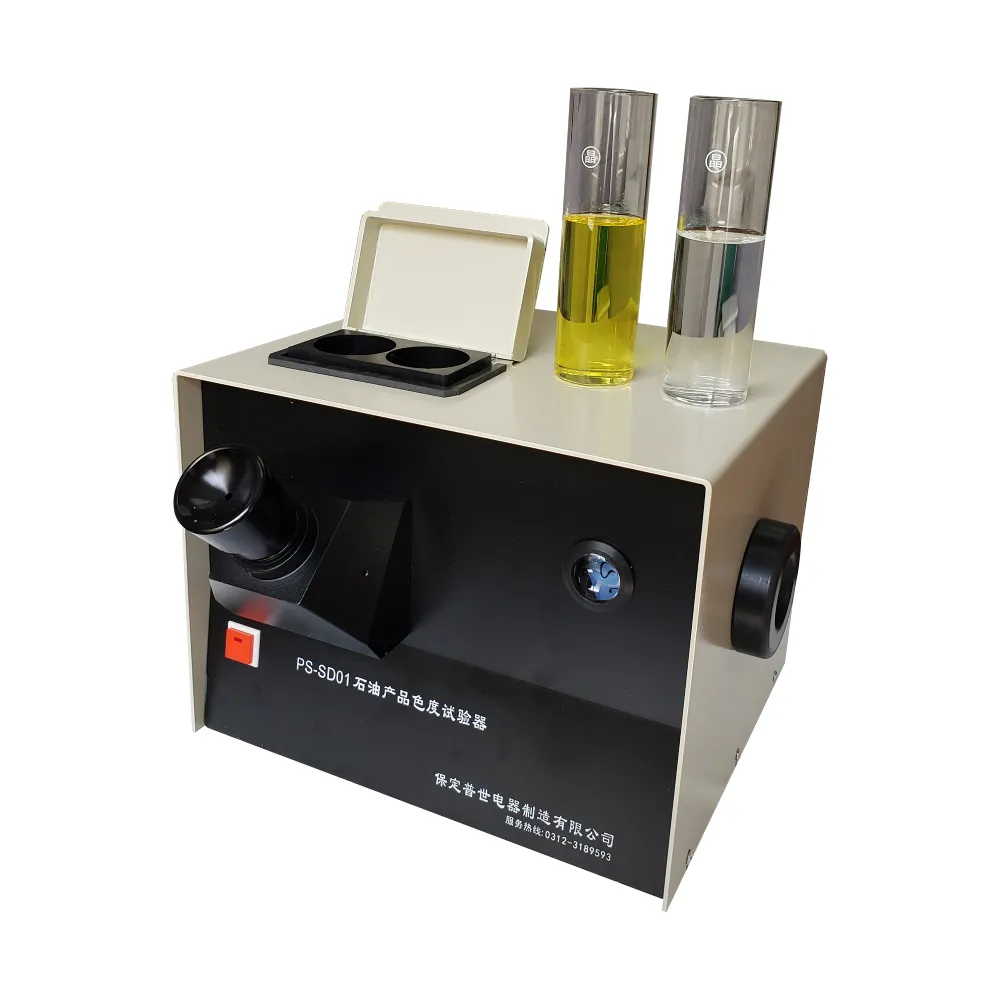 English
English


Exploring the Applications and Benefits of GC-GCMS in Environmental and Chemical Analysis
GC and GC-MS Exploring the World of Gas Chromatography and Mass Spectrometry
Gas chromatography (GC) and gas chromatography-mass spectrometry (GC-MS) are two pivotal analytical techniques widely utilized in various scientific fields, including chemistry, environmental science, and pharmaceuticals. Together, they play a crucial role in identifying and quantifying compounds in complex mixtures, offering valuable insights into the composition of substances ranging from industrial chemicals to biological samples.
Understanding Gas Chromatography (GC)
Gas chromatography is a method that separates volatile compounds in a mixture. The fundamental principle behind GC is based on the distribution of compounds between a stationary phase and a mobile phase (carrier gas). A sample is vaporized and carried by an inert gas (usually helium or nitrogen) through a column coated with a stationary phase material. As the sample moves through the column, different compounds interact with the stationary phase to varying degrees, leading to their separation based on boiling points and affinities.
Factors such as temperature, flow rate, and the choice of stationary phase significantly influence the separation efficiency. The separation process is typically monitored by a detector, which generates a chromatogram—a graphical representation of the detector response against time. Each peak in the chromatogram corresponds to a specific compound, providing insights into the mixture’s composition.
.
While GC is effective for separation, it does not provide information about the molecular structure of the components. This is where mass spectrometry comes into play. By coupling GC with mass spectrometry (GC-MS), analysts can obtain a comprehensive analysis that includes both separation and identification.
gc gcms

In a GC-MS setup, the separated compounds from the GC are introduced into the mass spectrometer. Here, the molecules are ionized, and the resultant ions are measured based on their mass-to-charge ratio (m/z). The mass spectrometer generates a mass spectrum, indicating the abundance of each ion at various m/z values. This data allows scientists to deduce the molecular weights of the compounds and, with additional analysis, infer their structural information.
Applications of GC and GC-MS
The applications of GC and GC-MS are vast. In environmental science, these techniques are employed to detect pollutants in air, water, and soil samples. For example, GC-MS can identify trace levels of pesticides, herbicides, or volatile organic compounds (VOCs) in environmental matrices, aiding in regulatory compliance and environmental monitoring.
In the pharmaceutical industry, GC and GC-MS are crucial for quality control and assurance. They are used to analyze raw materials, intermediates, and final products, ensuring that pharmaceuticals meet safety and efficacy standards. Moreover, in forensic science, GC-MS is considered the gold standard for analyzing substances such as drugs and toxins in biological samples, providing reliable evidence for legal cases.
Challenges and Future Trends
Despite their effectiveness, GC and GC-MS face challenges, such as the need for skilled personnel and issues with sample preparation. Additionally, the advent of new techniques, like high-resolution mass spectrometry (HRMS), offers enhanced capabilities for complex mixtures. The future of GC and GC-MS may include advancements in automation, miniaturization, and integration with other analytical techniques, further improving their applicability and efficiency.
In conclusion, GC and GC-MS represent essential analytical tools that continue to evolve. Their ability to separate and identify compounds makes them indispensable in various fields, paving the way for advancements in research, industry, and environmental protection. As technology progresses, the potential applications and capabilities of these techniques will undoubtedly expand, ushering in a new era of analytical precision.
-
Differences between open cup flash point tester and closed cup flash point testerNewsOct.31,2024
-
The Reliable Load Tap ChangerNewsOct.23,2024
-
The Essential Guide to Hipot TestersNewsOct.23,2024
-
The Digital Insulation TesterNewsOct.23,2024
-
The Best Earth Loop Impedance Tester for SaleNewsOct.23,2024
-
Tan Delta Tester--The Essential Tool for Electrical Insulation TestingNewsOct.23,2024





